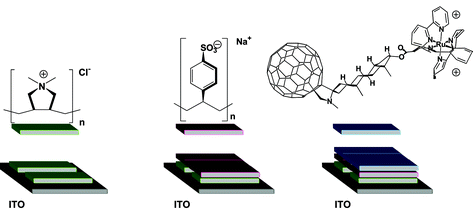Electrostatic interactions by design. Versatile methodology towards multifunctional assemblies/nanostructured electrodes
Abstract
This Feature Article describes how multi-site interactions between positively or negatively charged carbon forms, such as


 Please wait while we load your content...
Please wait while we load your content...